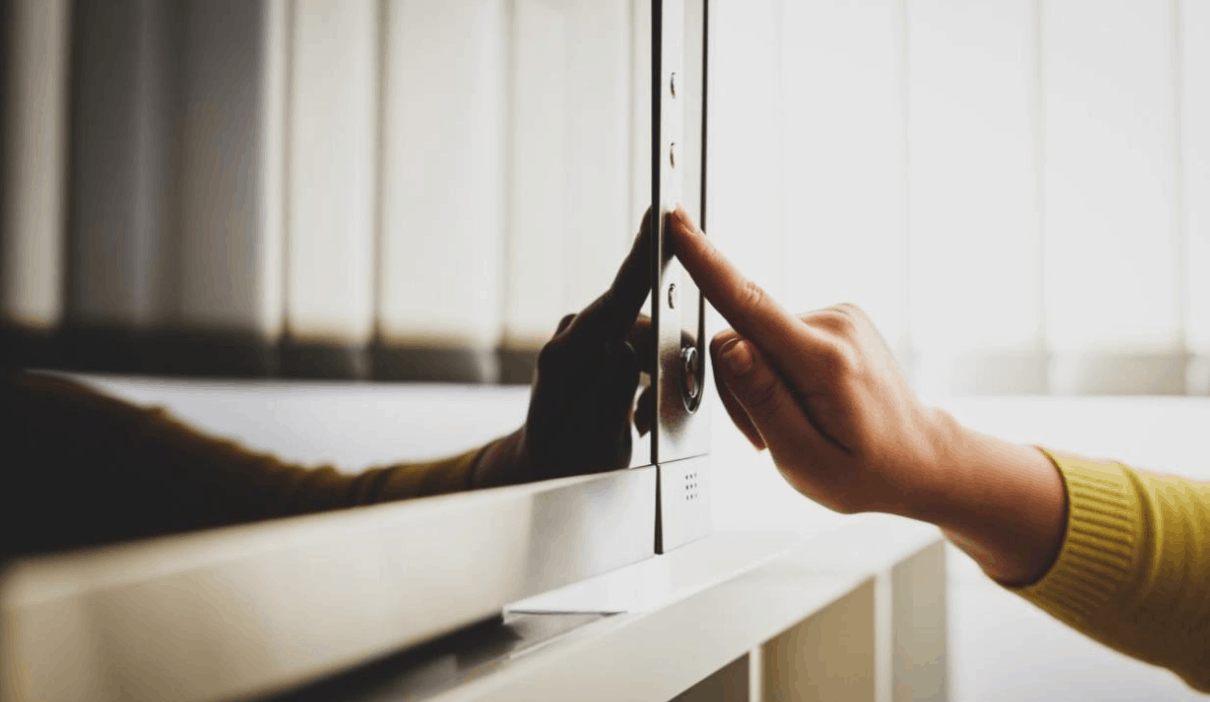
We all enjoy a fresh home cooked (or take-out) meal, and often dread the prospect of leftovers. For those who meal-prep, this prospect is especially grim. But life doesn’t have to be this way! There is, in fact, hope for those who turn to the microwave as a quick and easy solution to their cold food woes, that will breathe life back into your leftovers leaving them, if not perfectly, at least evenly warmed.
This article will aim to reverse the bad reputation attached to leftovers by guiding you through a few steps to optimize your microwave habits to ensure your food is left tasting just as good as it did the first time around.
Live on the Edge
Especially with older microwave models, placing your food on the edge of the carousel will yield warmer and more evenly heated food. Without getting too scientific: microwaves heat food using microwave radiation, and this radiation creates an electric field that interacts with the water molecules within your food. This interaction causes the water molecules to spin, dissipating energy in heat
form, thus warming your food. Placing your food on the edge of the carousel where the microwaves are the strongest will typically result in warmer food than using the middle of the carousel. This doesn’t typically work with newer microwave models, as they use more efficient components.
Divide and Conquer
A food’s water content will determine how quickly it heats up. So, if you’re looking to heat up last night’s burger, ensure to microwave the bun and the patty separately to avoid warm meat but over-cooked, rubbery bread. Foods such as vegetables, pasta and rice tend to have a higher moisture content than meat and should be reheated separately. If you’re looking to microwave an entire meal, ensure to deconstruct it based on the food’s moisture level and reheat each type of food separately.
Adding a splash of water on top of meat and covering it with a microwave-safe lid will help retain moisture. Also note that meat shouldn’t be microwaved for more than two minutes. For most other foods, ensure to spread them out into an even layer and cover them with a damp paper towel. You can also add a bit of water or vegetable oil on top to retain moisture.
The Smaller, the Better
When possible, cut up or shred your food into smaller pieces to ensure a more even distribution of heat. Larger pieces of meat, such as chicken or slow-cooked beef or pork, should be shredded by hand rather than cut with a knife, as the meat will naturally cleave along lines that preserve moisture. Larger portions of vegetables, rice or pasta should be cut or spread out into an even layer on the plate. Also ensure to stir or mix your reheated food frequently to further guarantee an even distribution.
Interval Training
Microwaving is both an art, a science and a contact sport. Once you’ve deconstructed your meal, cut it up into smaller pieces, you’ll also need to babysit it will it’s re-heating. Rather than sticking last night’s meal in for three minutes, it’s best practice to remove it every 30 or 60 seconds to give it a stir before resuming the process. While it may be slightly more work, frequent stirring pays off by preventing those dreaded cold spots. Unsure if after all of this work your food still cold? Try sticking the tines of a fork into the centre of your meal, hold them there for about five seconds, remove and touch them to your tongue. If your food is ready, it should be hot to the touch.
One Time’s the Charm
While microwaving last night’s meal, or reheating a prepared meal are great lunch (and dinner) options in a pinch, remember that food should only be reheated once. Leftovers are already questionable , but leftover leftovers are surely even worse. Reheating food multiple times chemically alters many of its properties and it simply won’t taste the way it’s meant. If you find yourself with an abundance of leftovers, try incorporating them into a new dish that you can make from scratch. Say you made a few too many chicken breasts the other day; you’ve already reheated them once and there are still some left over. Try shredding them into a salad or into a panini to breathe life back into them, without subjecting them to the microwave over and over again. Your taste buds will thank you.
Microwaves and leftovers need not be feared. While there’s nothing quite like a fresh meal, microwaving leftovers is a great time-saving option for the days you simply don’t feel like cooking or eating out, or for warming up your meal prepped dishes. If you don’t currently own one, you may consider buying a microwave in Canada to add to your repertoire of appliances. Even for those who love to cook, the microwave has become a ubiquitous machine, and playing to its strengths will ensure properly reheated (and digestible) leftovers, every time.